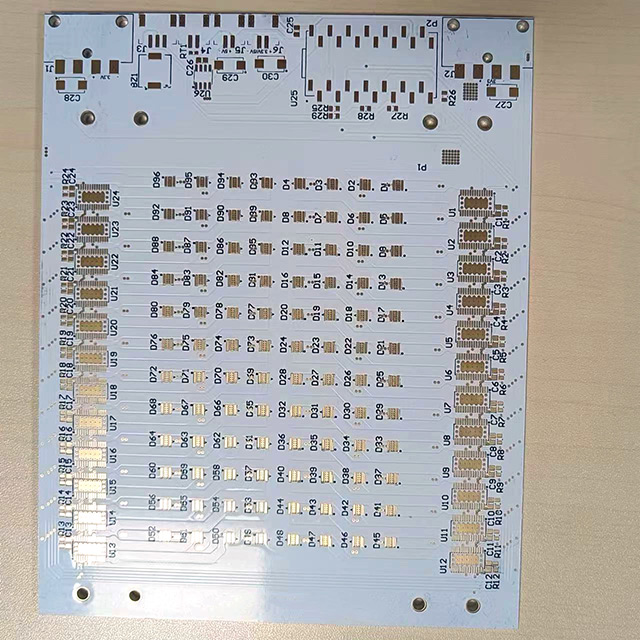Nicely done. I know this stuff gets boring, once the penny has dropped you can do them with your eyes closed.
Here's another that might require a little more thought. Assume for simplicity that all resistors in the cube are 10ohms.

What is the actual resistance between the two points highlighted by the red arrows
Here's another that might require a little more thought. Assume for simplicity that all resistors in the cube are 10ohms.

What is the actual resistance between the two points highlighted by the red arrows














